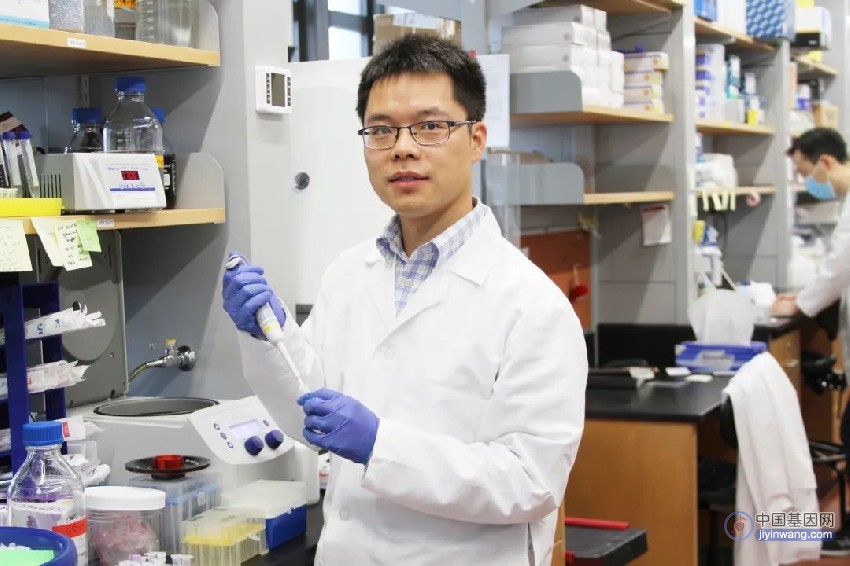科学家通过合成“基因震荡器”延长细胞寿命,实现高效抗衰
衰老是一个复杂的生物学过程,是人类寿命和许多疾病的基础,而人类的寿命与个体细胞的衰老有关。近日,加州大学圣地亚哥分校郝楠团队通过合成生物学重新编程细胞衰老的过程,在酵母细胞内设计了一个合成基因振荡器,将酵母细胞寿命延长了82%。

酵母细胞有一个转录开关,导致它们以两种方式中的一种死亡:一种是核仁衰退,另一种是线粒体衰变。通过将这种转录开关重新连接到负反馈回路中,能够使酵母细胞在两种状态之间振荡,并将其寿命延长。
The pioneering method, which was found to work in yeast cells, requires genetically rewiring a circuit to allow the cells to continuously oscillate between two deteriorative processes instead of succumbing to either.研究人员对细胞回路进行基因重组,通过切换和调控细胞在两种不同衰老路线中的行进,从而延缓细胞衰老。
The result is an increased cellular lifespan through a delay in the commitment to aging.通过延缓衰老过程,从而有效延长寿命。
Molecular biology professor Nan Hao described the circuit responsible for aging as a “toggle switch” that triggers the cells' progression toward death.郝楠称,控制衰老的回路就像一个触发细胞死亡程序的拨动开关。
“This is the first time computationally guided synthetic biology and engineering principles were used to rationally redesign gene circuits and reprogram the aging process to effectively promote longevity,” Hao said in a statement.郝楠表示:“这是第一次利用计算引导的合成生物学和工程原理来合理地重新设计基因回路和重新编程衰老过程,从而有效地延长寿命。”
Hao believes the process can eventually be replicated to apply to humans.郝楠认为这个过程最终可以被复制以应用于人类。
In a commentary, Howard Salis, an associate professor of biological and chemical engineering at Penn State University, said human cells contain similar — albeit more complex — age-committing genetic circuitry, making the same method of rewiring a possibility.宾夕法尼亚州立大学生物和化学工程副教授霍华德·萨利斯评论称,人类细胞存在类似的,但更复杂的衰老相关遗传回路,这使得重新布线的方法成为可能。The recent study, titled “Engineering longevity — design of a synthetic gene oscillator to slow cellular aging,” was published in the journal Science last week.该研究论文上周发表在《科学》期刊,题目为《编辑长寿,研究设计一种合成基因振荡器减缓细胞衰老》。
声明:本站所有文章资源内容,如无特殊说明或标注,均为采集网络资源。如若本站内容侵犯了原著者的合法权益,可联系本站删除。






















